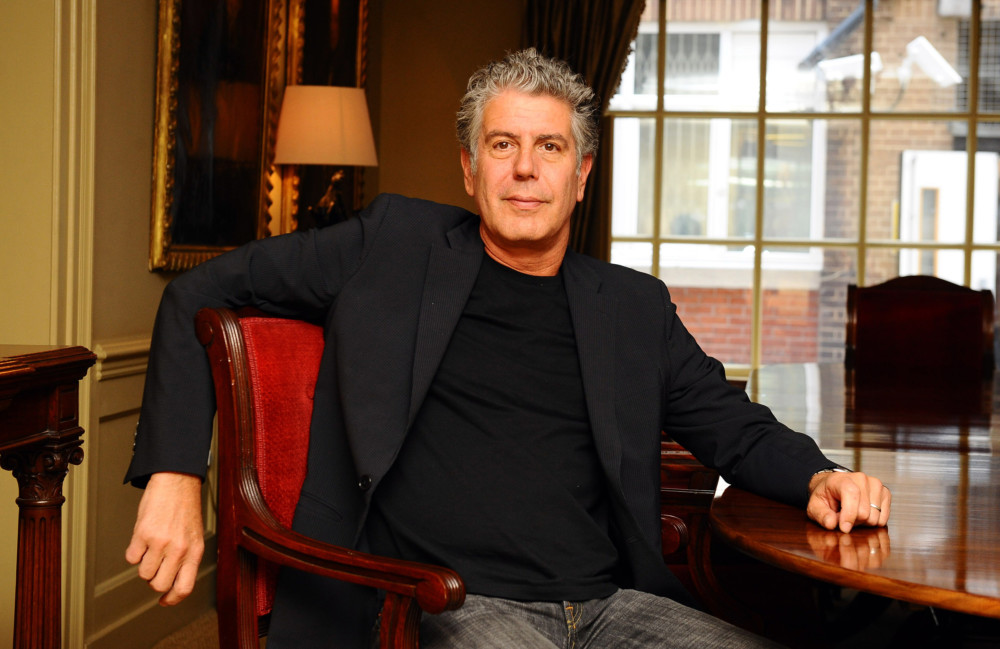By Jessica Schladebeck
New York Daily News
WWR Article Summary (tl;dr) “According to several studies, publicity surrounding a suicide has been repeatedly linked to a subsequent increase in the act, particularly among young people.”
New York Daily News
When death becomes a spectacle, everyone suffers.
With the tragic passing of Kate Spade earlier this week and the death of Anthony Bourdain Friday morning, the topic of suicide has become a fixture in news headlines and social media posts.
While mental illness is not a transmittable disease, there are many studies suggesting suicide can, in a way, be contagious.
According to several studies, publicity surrounding a suicide has been repeatedly linked to a subsequent increase in the act, particularly among young people.
After Marilyn Monroe died in August 1962, the cause listed as probable suicide, the nation mourned, publicly. In the month that followed there was sweeping news coverage, public memorials and a 12 percent increase in suicides.
That month saw an additional 303 suicides compared with the year prior, according to a study published in the Journal of Epidemiology & Community Health.
When Robin Williams died in 2014, the world reacted similarly. The comedian’s image was everywhere, details of his untimely passing spawned countless news articles and think pieces. His death is also similarly associated with a 10 percent increase in suicide across the United States in the five months after his passing, according to a study published in the journal Plos One in February.
The phenomenon is often referred to as “suicide contagion,” defined by the Department of Health and Human Services as an increase in suicides due to “the exposure to suicide or suicidal behaviors within one’s family, one’s peer group, or through media reports of suicide.”
And the overwhelming influence of a celebrity or high-profile suicide is far from a new discovery.
Following the 1774 publication of Wolfgang Goethe’s “The Sorrows of Young Werther”, a book in which a young man ends his life after a failed love affair, Europe also saw a spike in suicides, particularly in men the same age as the protagonist.
The outbreak prompted the novel to be banned in several European locations.
Centuries later, and Netflix’s controversial drama “13 Reasons Why” has sparked similar results. The show has been widely criticized for its portrayal of Hannah Baker’s life after death and its graphic, and potentially triggering, three-minute scene in which she commits suicide.
Following its release, there was a noted increase in Google searches pertaining to suicide, according to a study published in October. Despite that, Netflix on Wednesday announced “13 Reasons Why” would continue for a third season.
“’13 Reasons Why’ has been enormously popular and successful,” Netflix CEO Reed Hastings said amid backlash over the show’s upcoming third season. “It’s engaging content. It is controversial. But nobody has to watch it.”
Most mental health experts have since come to agree that exposure to high-profile suicide coverage, especially coverage with gratuitous detail, can trigger those struggling with suicidal thoughts. Responsible reporting is key to preventing suicide copycats, according to the Suicide Prevention Lifeline, and the dawn of social media has brought with it countless additional avenues of exposure.
In the last two decades, ending in 2016, suicide rates in the United States have increased 25 percent, according to data published Thursday by the Centers for Disease Control and Prevention.
“These findings are disturbing. Suicide is one of the top 10 causes of death in the U.S. right now, and it’s one of three causes that is actually increasing recently, so we do consider it a public health problem, and something that is all around us,” CDC Deputy Director Anne Schuchat told CNN.
“Our data show that the problem is getting worse.”
In addition to mental health conditions and suicide attempts as risk factors, other contributing circumstances include social and economic problems, poor coping and problem solving skills and the access to the means to commit suicide, according to the CDC.
And while mental health is often seen as the cause of suicide, it is far from the lone factor. More than half of those who died by suicide had not been diagnosed with a mental health condition.
Warning signs to consider, particularly in the aftermath of a high-profile suicide, include reckless or anxious behavior, sleeping too much or too little, mood swings, isolation, feelings of hopelessness and an increase in drug or alcohol use.
The Suicide Prevention Lifeline encourages people to reach out for assistance as soon as possible.
“You can be the difference in getting them the help they need,” the organization says. “It’s important to take care of yourself when you are supporting someone through a difficult time, as this may stir up difficult emotions. If it does, please reach out and support yourself.”
If you or someone you know is struggling with suicidal tendencies, call 1-800-273-8255.














































































































































































































































































































































































